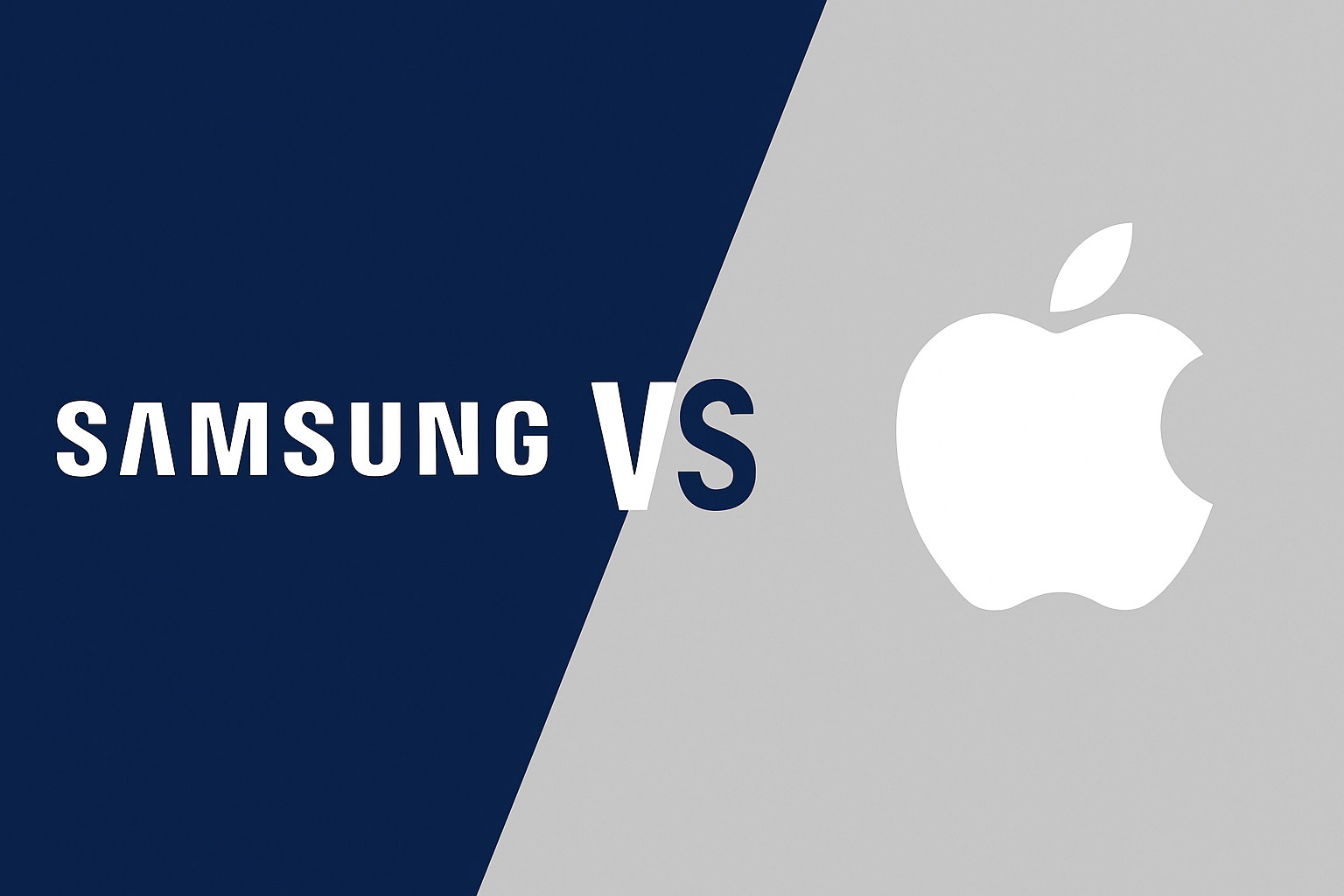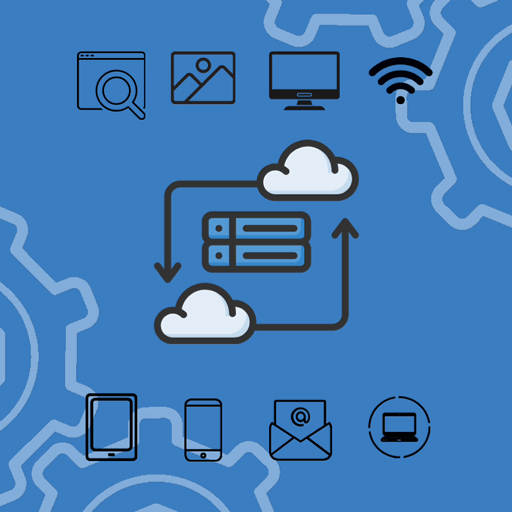The uncanny valley effect
Have you ever watched a movie (Cats), with a human like figure that just isn’t right, computer animation (CGI character), Hyper-realistic masks or realistic humanoid robot and it gives you that uncomfortable/uneasy feeling like it’s going to steal your soul, that feeling is the uncanny valley effect.
Origin/history of the term
An article published in the 1970s, by a Japanese robotics professor named Masahiro Mori. Masahiro first described the effect as “an artificial entity become more human-like, our positive emotional response increases until a point where subtle imperfections cause a sharp drop in affinity, leading to feeling of uneasiness or revulsion.”
The What and the Why Robots just give you the Creeps? ” The uncanny valley effect on the Brain”
The Uncanny valley effect is a hypothesized psychological and aesthetic relation between an object’s degree of of resemblance to a human being and the emotional response to the object. The uncanny valley hypothesis predicts that an entity appearing almost human will risk eliciting eerie feelings in viewers.
There are several potential reasons for the uncanny valley effect such as:
Categorization difficulty: Our brains struggle to categorize these figures, leading to confusion and unease.
Perceptual distortions: Subtle imperfections in the figure’s appearance can trigger a negative emotional response.
Evolutionary basis: Some theories suggest an evolutionary basis, where the uncanny valley effect might be linked to avoiding potential threats like the sick or dead.
Diagram of The Uncanny Valley Effect
More in-depth view into uncanny valley effect on the Brain
1. Facial Recognition System Gets Confused
The FFA meaning Fusiform Face Area in the brain is specialized for recognizing faces. When your brain sees something that’s very close to being human, it initially accepts it as a face but something is off weather it’s the lifeless eyes, unnatural expression, so the brain struggles to interpret it. The mismatch causes cognitive dissonance: your brain can’t decide if it’s human or not.
Resulting in the uneasy or eerie feelings. So the brain is stuck between a “real person” (which can also be creepy) and something’s that looks like it’s from a horror movie.
2. Amygdala Triggers a Threat or Fear Response
The amygdala is the part of the brain responsible for the emotional responses and threats detection. The response to the almost human like appearance is the core reason why your brain responds with the feeling of something “wrong”, therefore your brain interprets as illness, death, deception. This defense mechanism is to preserve one from encountering diseased or dead bodies. which look human but have an unnatural quality.
Resulting in fear, disgust or anxiety inducing, even if it not inherently danger.
3. Violation of Social Expectations
The brain expects coherent social cues: expressions, eye movement, timing, tone of voice. If you see a robot or avatar that that smiles at the wrong time, or blinks too slowly, it breaks your mental “script” ( “social script”: smiling at the right time or blink occasionally and not stare into your soul). This activists the medial prefrontal cortex and superior temporal sulcus, which process social behavior.
Resulting the entity causes discomfort because it is not following your minds ideas of “human rules,” even though that thing may look human it’s not.
4. Identity Conflict or Moral Confusion (Conceptual Uncanny Valley)
If a robot or Ai seems to display emotion or consciousness, your brain doesn’t know how to categorize it. This can cause existential discomfort or moral questions like “Is it alive?,” “Should I trust it?,” “Am I talking to a person or a machine?”
This may engage the default mode network, responsible for empathy, self-reflection and theory of mind.
The difference types of uncanny valley effect (The type of creepy)
Visual/Appearance-Based:
Face looks human but… not quite right. (physical appearance is “off”)
Example: The Polar Express
Behavioral: (doing weird things)
Movements or gestures are robotic or unnatural. Weird blinking, delayed reactions…
Example: Beowulf, creepy robots
Auditory:
The voice tone, timing, or rhythm doesn’t feel right. (Voice sounds like Siri)
Example: Ai voiceovers, old assistants
Conceptual/ Existential:
The character blurs the line between machine and person, causing confusion or disconfort (Ai says “I have feelings” and now you feel weird)
Example: Emotional chatbots
Static vs. Dynamic:
Static: Object is still, photo or idle pose. Like a mannequin with realistic skin.
Dynamic: Movement, interaction, responsiveness. Like a robot blinking at odd intervals.
Looks fine when still, but become uncanny when it moves or interacts. (Looks okay still, but then it starts moving and goes nightmare fuel)
Example: Rogue One
Example of Movies which exhibit the uncanny valley effect (and the types of creepy)
The Polar Express (2004)-
Types & Why:
- Visual/Appearance
- Behavioral
- Static & Dynamic
- The Lifeless eyes, stiff facial expressions, unnatural movement and timing
Final Fanstasy (2001)-
Types & Why:
- Visual/Appearance
- Behavioral
- Skin and facial textures were realistic, but characters lacked real emotion or gestures
Tron: Legacy (2010)-
Types & Why:
- Visual
- Auditory
- Conceptual
- CGI young Jeff Bridges looked “almost human,” but facial expressions didn’t fully match
Rogue One: A Star wars story (2016)-
Types & Why:
- Visual/Appearance
- Conceptual
- Static & Dynamic
- Digitally recreated actors were realistic but unnerving in close-up expressions and motion
Cats (2019)-
Types & Why:
- Visual
- Behavioral
- Conceptual
- Human faces on animal bodies created an identity mismatch, plus awkward body movements
Beowulf (2007)-
Types & Why:
- Visual
- Behavioral
- Static & Dynamic
- Faces were hyper-realistic but robotic; small cues like blinking or smiling felt unnatural
Alita: Battle Angel (2019)-
Types & Why:
- Visual
- Conceptual
- Enlarged anime-like eyes pushed realism in a weird direction; discomfort lessened over time
Final Thoughts: Stay Out of the Valley
The uncanny valley teaches us that almost human is often worse than not human at all. If your robot looks real but moves like a mannequin on low battery, our brains go, “No thanks.”
So here’s the golden rule:
Don’t be too human. Be clearly fake and proudly so.
Turns out, little honesty goes a long way (especially with robots)
We thank you for reading and hope you found this post informative. We ask that you please share and comment below, tell us what you thought. Please follow us on our socials, X (@TechQuestJourn) and Instagram (@TheTechQuestJournal) and if you want to to connect with us you contact us on our email: contact@thetechquestjournal.com. We truly appreciate all the support we receive.











